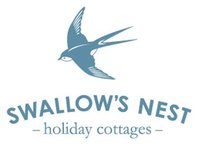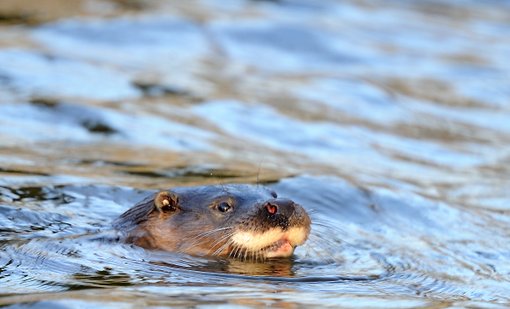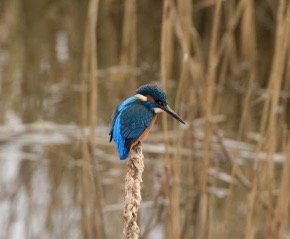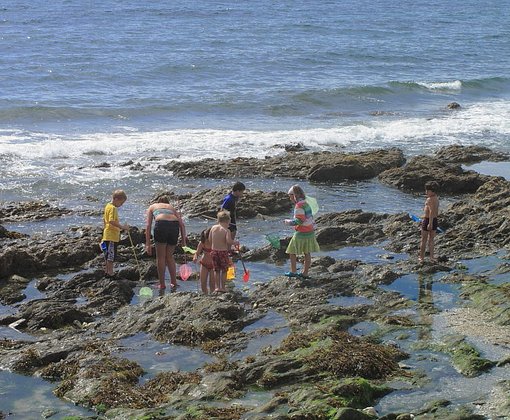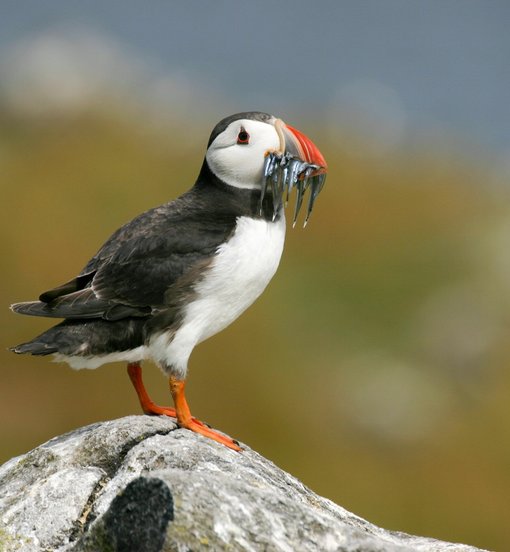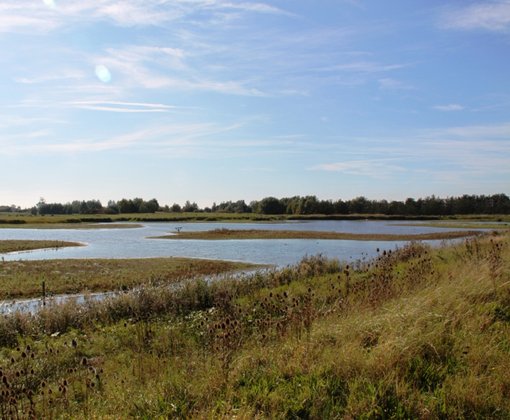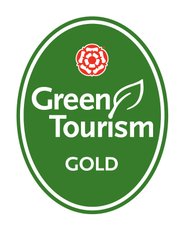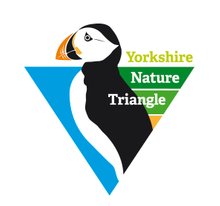01964 545998
WILDLIFE
Swallow’s Nest is situated in the heart of the Yorkshire Nature Triangle (www.yorkshirenaturetriangle.org.uk), and we’d love to help you discover our favourite wildlife experiences, both on the doorstep and within an easy drive.
In the summer months, swallows nest in the nooks and crannies of the farm buildings and you will be able to see them swooping in and out of their nests, feeding their young. Each year, we watch the fledglings grow and take their first tentative flights; if your stay is during this time, we will show you where to look.
In spring, house martins and swifts return to their nesting sites and circle in and around the farmyard.
During the long, lazy days of summer, look out for yellow wagtails, skylarks, dragonflies and butterflies.
We have at least one resident barn owl; you will see him at dusk, gliding silently over the fields. You may also hear short eared and tawny owls in the woods at night.
Deer make a fleeting appearance in our woodland, where you will also find rabbits, hares and grey squirrels. If you are lucky, you may spot a beautiful (and harmless) grass snake camouflaged in long grass.
There are numerous species of woodland and garden birds; please make use of our binoculars and the bird books you will find in the cottage.
We are within easy reach of Tophill Low Nature Reserve, the freshwater lake at Hornsea Mere and the cliffs at Bempton and Flamborough Head. Further afield is the iconic sandy peninsular of Spurn Point with its recently restored lighthouse and spectacular wildlife.
HORNSEA MERE
Hornsea Mere (7 miles, 15 minutes)
Hornsea Mere, Yorkshire’s largest freshwater lake, is fringed by extensive reedbeds and mature woodlands. A hide is available (tickets at the gatehouse) at Wassand Estate, with bitterns, otters and marsh harriers regular visitors.
http://www.yorkshirenaturetriangle.org.uk/hornsea-mere
TOPHILL LOW
Tophill Low (16 miles, 35 minutes)
Opened in 2016, the new Welcome Centre overlooks the largest of two reservoirs, whilst trails weave you around another 12 viewing hides and summer orchid meadows. Otters, kingfishers and barn owls are particular highlights at this unusual site.
LIVING SEAS CENTER
YWT Living Seas Centre (19 miles, 35 minutes)
A great place for the family to indulge in everything the underwater world has to offer – from top tips on rock-pooling and guided seashore safaris, to the latest information on whale and dolphin sightings. Hands-on art and crafts are a great wet-weather alternative too!
RSPB BEMPTON CLIFFS
RSPB Bempton Cliffs (21 miles, 40 minutes)
Perhaps the most outstanding and accessible seabird colony in the UK, a visit here is a breath-taking experience for all your senses! The action kicks off in March, with a peak for all species during May and June, and as late as August. RSPB volunteers will help you spot guillemots, razorbills and gannets and will show you where to look for puffins, which make their return to breed every year.
www.rspb.org.uk/reserves/guide/b/bemptoncliffs
You can take a Seabird Cruise around Bempton Cliffs and Flamborough Head from Bridlington Harbour (15 miles away, 30 minutes)
www.yorkshire-belle.co.uk/seabird-cruises
or a Living Seas Safari from North Landing Bay (21 miles away, 40 minutes)
NORTH CAVE WETLANDS
North Cave Wetlands (21 miles, 40 minutes)
An accessible viewing and picnic area is complemented by several other hides and great views of avocets amongst other summer visitors.
SPURN POINT
Spurn Point (36 miles, 1 hour 10 minutes)
High tides transform Spurn Point into Yorkshire’s only island – so please check the tide times in the Downloads section of the website below. You can take a Spurn Safari over the sand dunes most weekends. The recently renovated lighthouse offers unrivalled 128ft foot panoramic views with a rich array of history. Access to the point is on foot and no dogs are allowed.
www.ywt.org.uk/reserves/spurn-nature-reserve
RSPB BLACKTOFT SANDS
RSPB Blacktoft Sands (42 miles, 1 hour 8 minutes)
This tidal reedbed is the largest in England and is important for its breeding bearded tits, bitterns and marsh harriers.
http://www.rspb.org.uk/discoverandenjoynature/seenature/reserves/guide/b/blacktoftsands/about.aspx
Do also visit the Yorkshire Nature Triangle website yorkshirenaturetriangle.org.uk for more information, including what to look out for during each month of the year.
The Yorkshire Coast Nature website www.yorkshirecoastnature.co.uk is also worth a look. This is a small independent nature tourism company offering a variety of tours, photography workshops and other events. Their website has lots of useful information about East Yorkshire wildlife sites: http://www.yorkshirecoastnature.co.uk/regions/2/east-yorkshire
